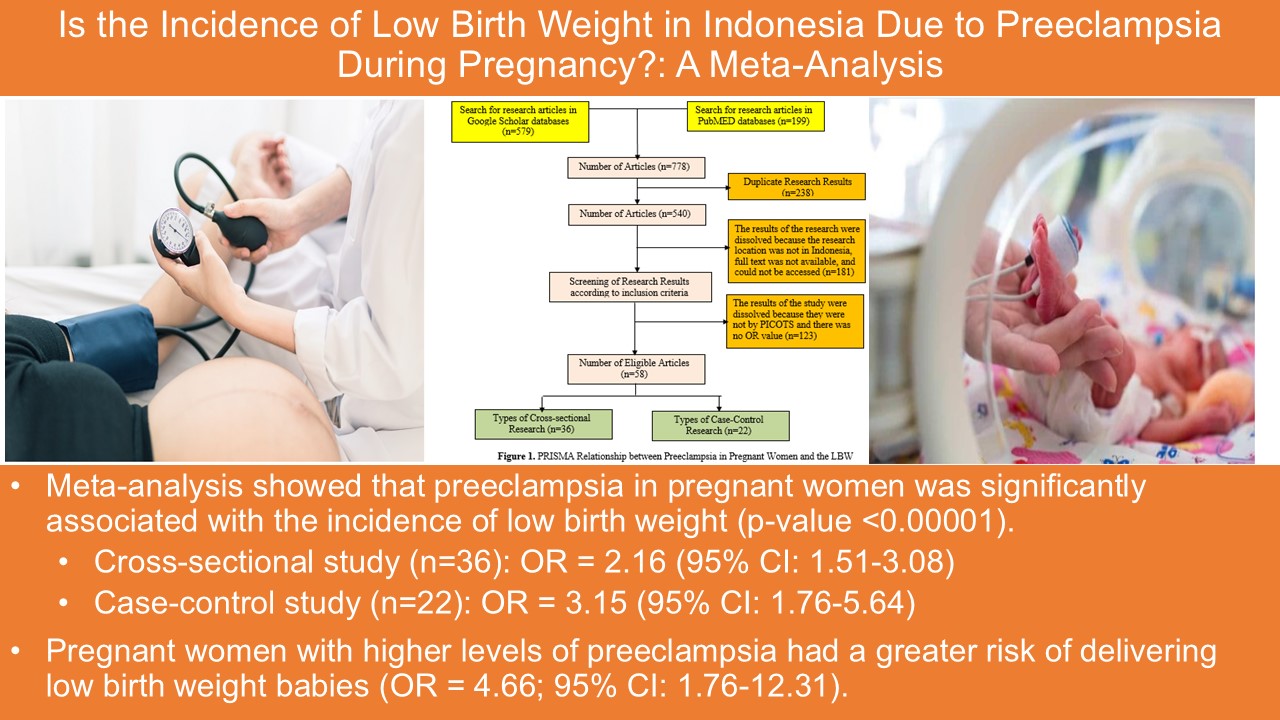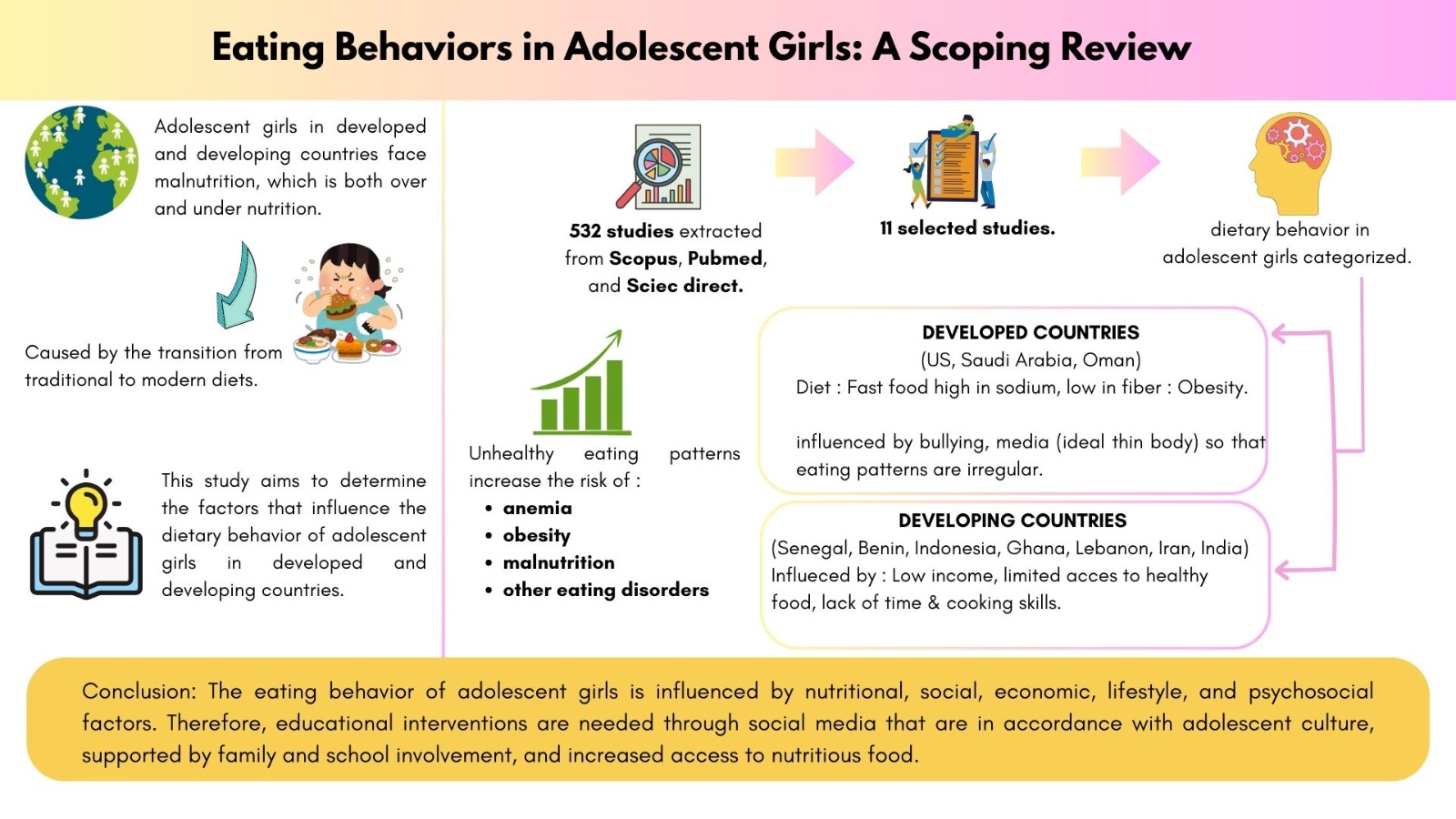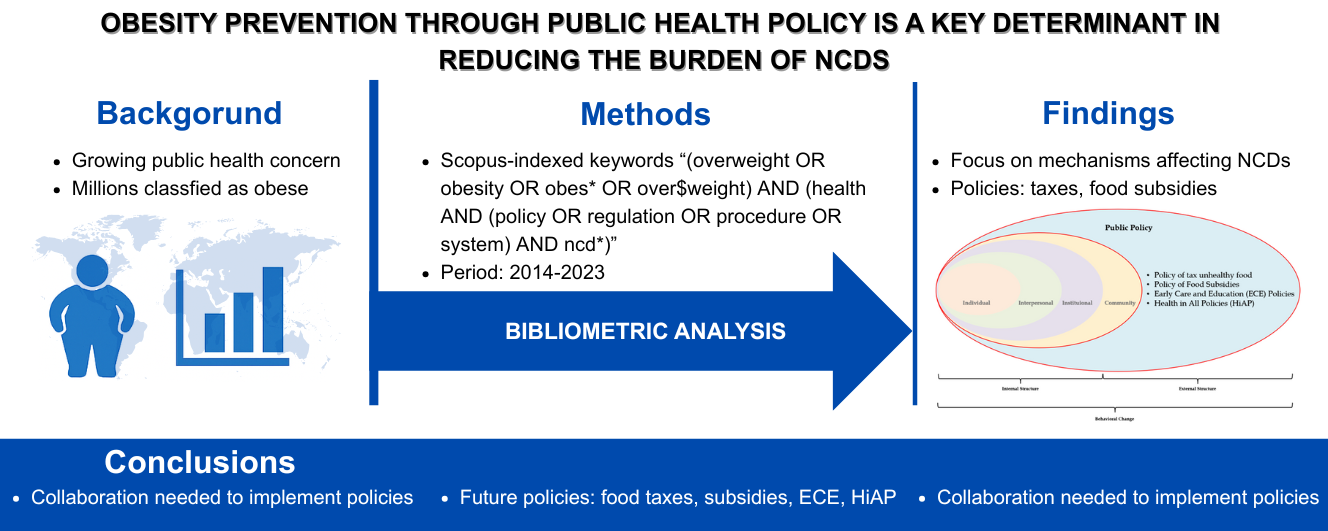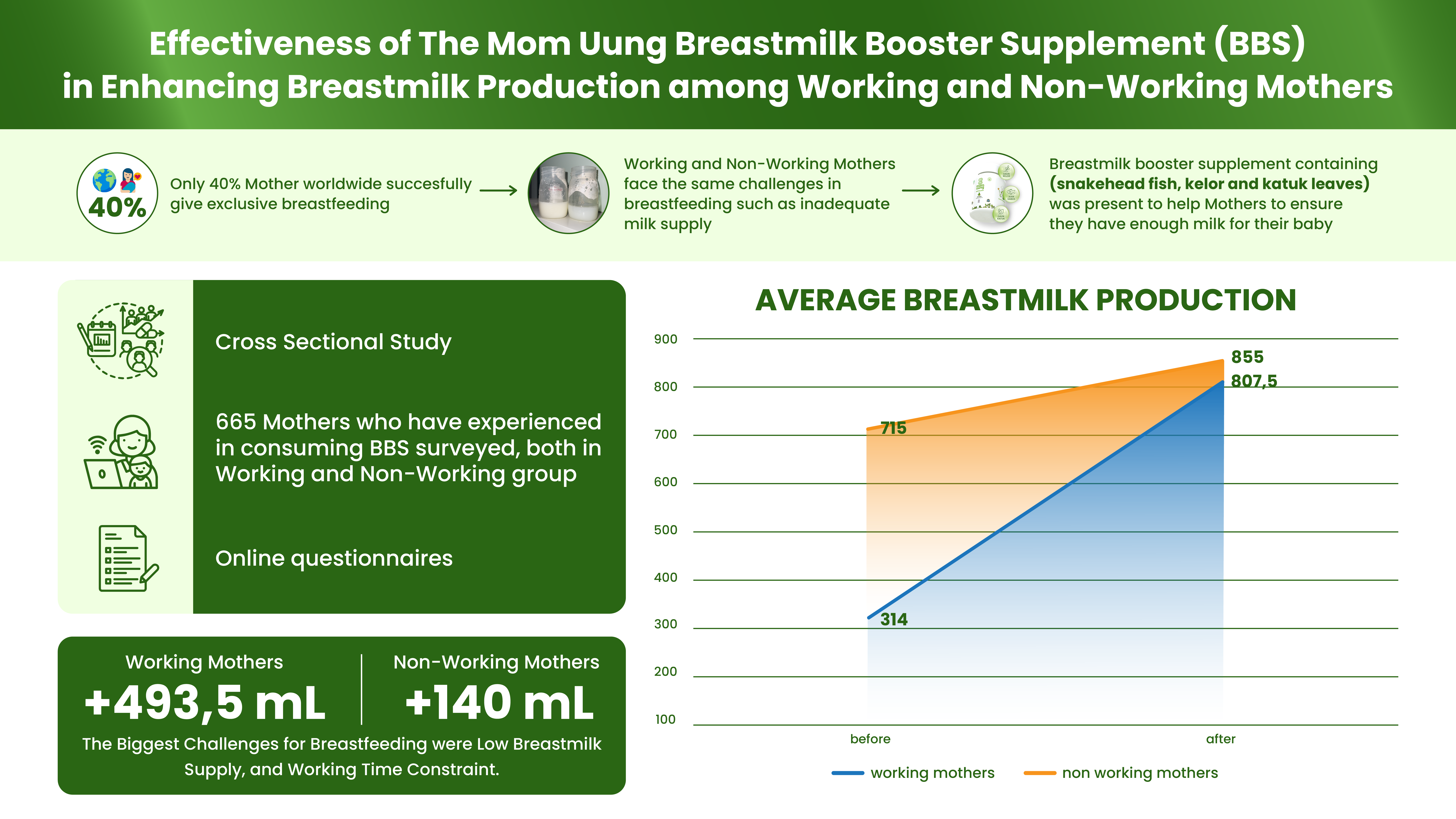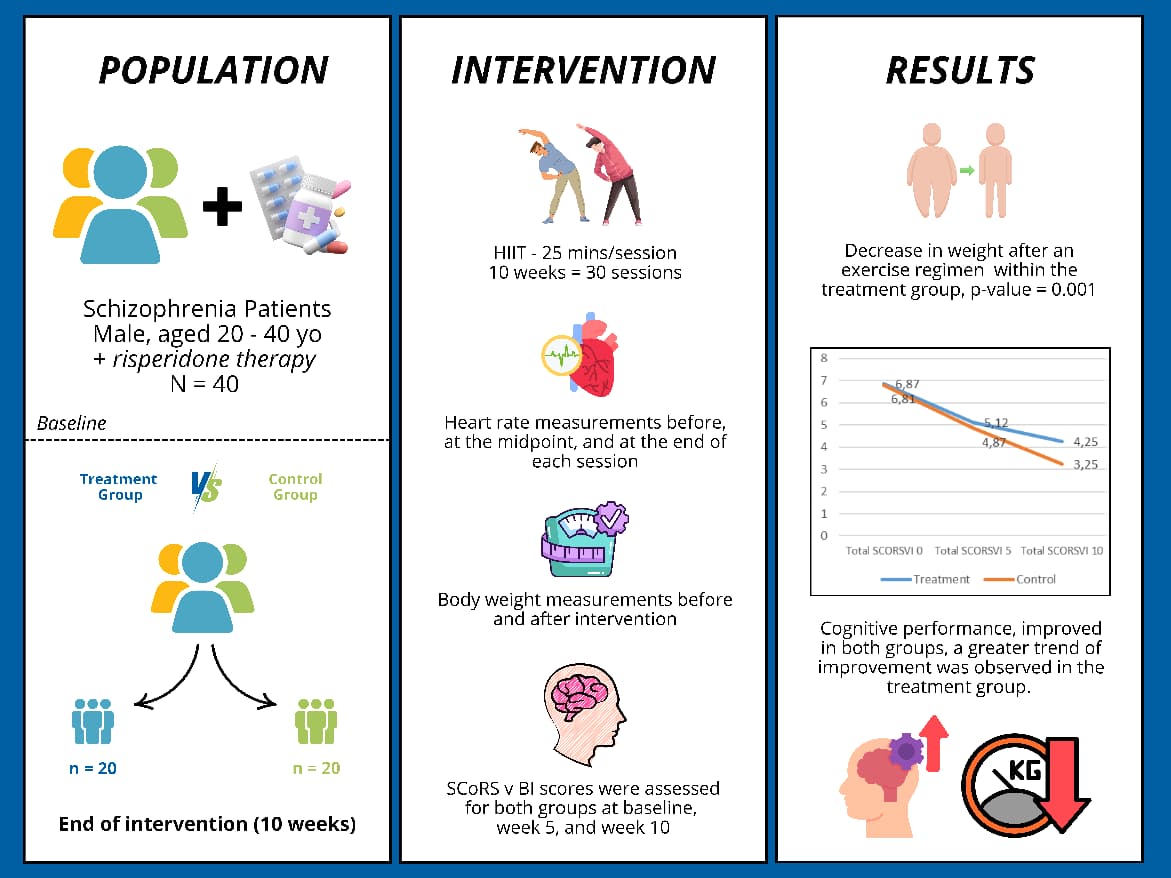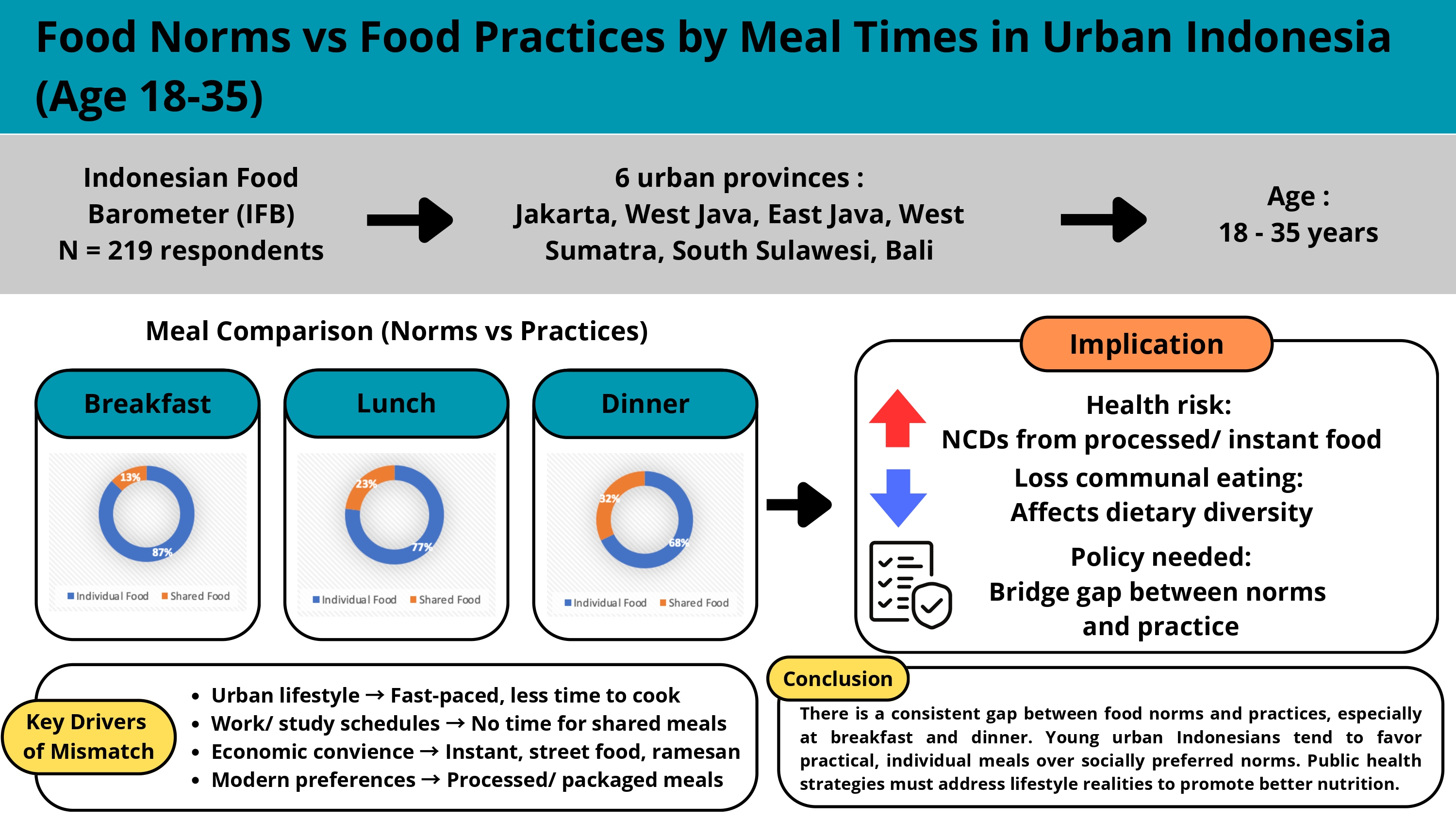The Dual Role of Early Childhood Teachers as Health Cadres in Reducing Stunting
-
Downloads
Background: The role of early childhood education teachers (PAUD) is getting bigger in areas related to child nutrition and become potential contributors in improving and reducing stunting cases in children under five. The purpose of this study is how to promote health through the right food for PAUD-aged children. The role of PAUD teachers as well as health cadres is to become best practice in efforts to reduce stunting in the Malang City, Indonesia. Methods: This research is an analytic observational cross sectional design, using 150 PAUD teachers as well as health cadres who carry out best practice efforts to reduce stunting through evidence-based in-depth interviews. Results: The best practices that have been implemented are : the number of PAUD-age children who receive PMT directly; the ease of delivery of health promotion to the community, especially parents or child caretakers; higher community compliance; and a significant increase in children's weight and height. The impact and output of the dual role of PAUD teachers as health cadres in reducing stunting is more effective. Conclusion: This dual role of early childhood teachers as health cadres needs to be appreciated, defined, and rewarded by national authorities, based on local needs, and programmed according to policy-based evidence, such as in the formation of the Team for the Acceleration of Stunting Reduction (TPPS).
Abdulahi, A., Shab-Bidar, S., Rezaei, S., & Djafarian, K. (2017). Nutritional status of under five children in Ethiopia: a systematic review and meta-analysis. Ethiopian journal of health sciences, 27(2), 175-188.
Arimond M, Ruel MT. (2004). Dietary diversity is associated with child nutritional status: Evidence from 11 demographic and heath survey. J Nutr. ; 134: 2579-2585. PubMed | Google Scholar.
Conway, K., Akseer, N., Subedi, R. K., Brar, S., Bhattarai, B., Dhungana, R. R., ... & Bhutta, Z. A. (2020). Drivers of stunting reduction in Nepal: a country case study. The American journal of clinical nutrition, 112(Supplement_2), 844S-859S.
Jalal, Fasli. 2002. "Meningkatkan Kesadaran Akan Pentingnya Paud” Dalam Padu 03 Halaman 7-13. Jakarta: Direktorat Paud.
Mayasari, R. (2014). Gambaran Tingkat Pengetahuan Tumbuh Kembang Anak, Self Efficacy Mengajar Dan Kreativitas Guru Raudhatul Atfhal Di Sulawesi Tenggara. Jurnal Al-Izzah.
Meshram, I. I., Rao, K. M., Balakrishna, N., Harikumar, R., Arlappa, N., Sreeramakrishna, K., & Laxmaiah, A. (2019). Infant and young child feeding practices, sociodemographic factors and their association with nutritional status of children aged< 3 years in India: Findings of the National Nutrition Monitoring Bureau survey, 2011–2012. Public health nutrition, 22(1), 104-114.
Milman A, Frongillo EA, Onis M, Hwang Y J-Y. Differential improvement among countries in child stunting is associated with long-term development and specific interventions. J Nutr. 2005;135(6)1415–22.
Muhammad Kasim Aidid, Sulaiman dan Syafruddin Side. (2017). Pengaruh Pemberian Pola Makanan Sehat Terhadap Status Gizi Anak Anak Didik Tk Bunga Asya. Jurnal Scientific Pinisi, Volume 3, Nomor 1, April 2017, hlm. 17-26.
Novianti, R., Puspitasari, E., & Chairilsyah, D. (2013). Pemetaan Kemampuan Guru Paud Dalam Melaksanakan Asesmen Perkembangan Anak Usia Dini Di Kota Pekanbaru. Sorot. https://Doi.Org/10.31258/Sorot.8.1.2353.
Nuarca, I Ketut. 2018. Paud Sebagai Kebutuhan Mendasar. Denpasar : Udayana University Press.
Orisinal, Yenni Sasmita, Asri Jumadewi, Kiki Maria. (2020). Hubungan Pengetahuan Tentang Stunting Dengan Akurasi Hasi Deteksi Dini Kasus Stunting Pada Anak Oleh Guru Paud Di Wilayah Kerja Puskesmas Samadua Kabupaten Aceh Selatan.Serambi Akademica Jurnal Pendidikan, Sains, Dan Humaniora Vol. 8, No. 4, Juli 2020 Pissn 2337–8085 Eissn 2657- 0998
Pormes, W., Rompas, S., & Ismanto, A. (2014). Hubungan Pengetahuan Orang Tua Tentang Gizi Dengan Stunting Pada Anak Usia 4-5 Tahun Di Tk Malaekat Pelindung Manado. Jurnal Keperawatan Unsrat.
Ruel MT, Alderman H. Nutrition-sensitive interventions and programmes: how can they help to accelerate progress in improving maternal and child nutrition? Lancet. 2013;382(9891):536– 51. doi:10.1016/S0140-6736(13)60843-0.
Srivastava, A., Mahmood, S. E., Srivastava, P. M., Shrotriya, V. P., & Kumar, B. (2012). Nutritional status of school-age children-A scenario of urban slums in India. Archives of public health, 70(1), 1-8.
Suryandari, Artathi Eka, & Purwanti, S. (2018). Analisis Pengetahuan Guru Paud/TK tentang SDIDTK dengan pelaksanaan deteksi penyimpangan perkembangan. Jurnal Publikasi Kebidanan.
Tovar, A., Hennessy, E., Pirie, A., Must, A., Gute, D. M., Hyatt, R. R., ... & Economos, C. D. (2012). Feeding styles and child weight status among recent immigrant mother-child dyads. International Journal of Behavioral Nutrition and Physical Activity, 9(1), 1-8.
Undang-Undang Republik Indonesia Nomor 20 Tahun 2003 Tentang Sistem Pendidikan Nasional.
________. (2003). "Kebijakan Makro Pendidikan Anak Usia Dini Di Indonesia” Dalam Padu Edisi Khusus Halaman 12-20. Jakarta: Direktorat Paud. Kompas 22 Desember 2003.

This work is licensed under a Creative Commons Attribution-NonCommercial-ShareAlike 4.0 International License.
- MEDIA GIZI INDONESIA Journal is the copyright owner of all materials published on this website.
- The formal legal provisions for access to digital articles of this electronic journal are subject to the terms of the Creative Commons Attribution-NonCommercial-ShareAlike license (CC BY-NC-SA 4.0), which means that MEDIA GIZI INDONESIA Journal and readers reserve the right to save, transmit media / format, manage in database, maintain, and publish articles as long as it continues to include the name of the Author.
- Printed and published print and electronic manuscripts are open access for educational, research and library purposes. In addition to these objectives, the editorial board shall not be liable for violations of copyright law.


2.png)















